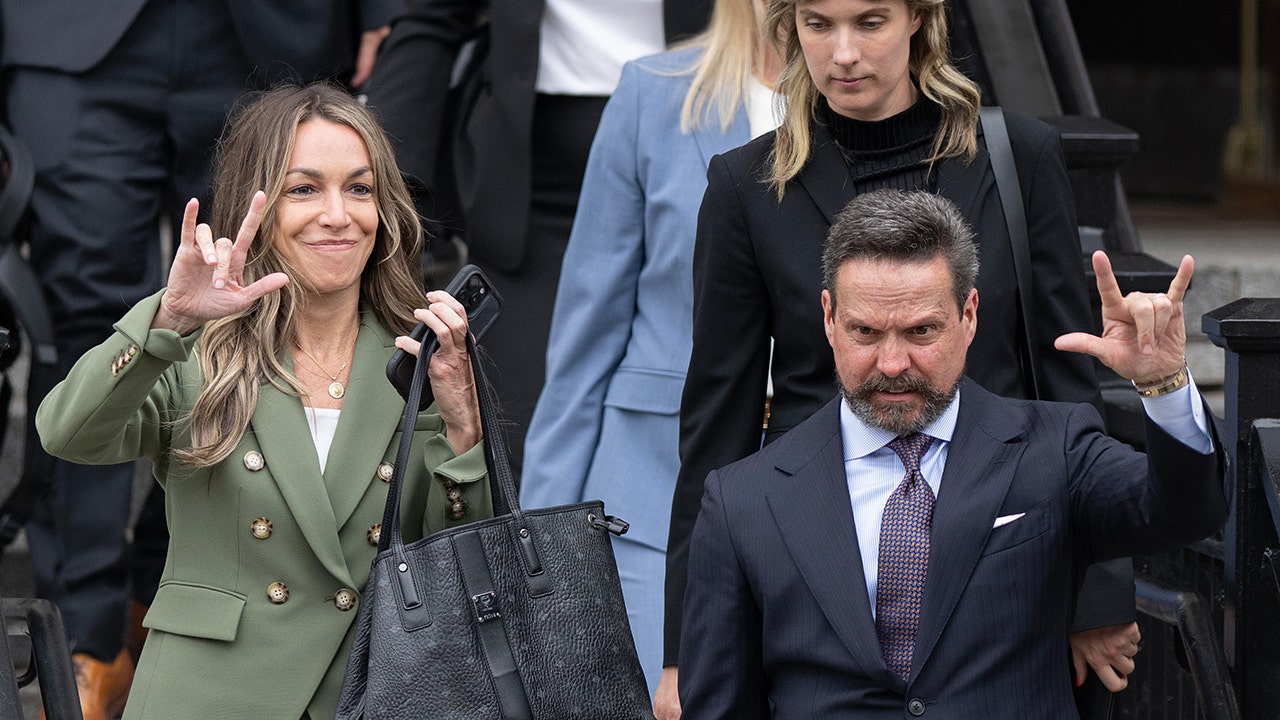Expert: Karen Read’s media appearances may be smart legal strategy

Karen Read’s unorthodox media interviews following the mistrial in her murder case have raised questions about whether her strategic move could potentially benefit her defense in the long run. The 45-year-old Massachusetts woman is accused of killing her boyfriend, John O’Keefe, in a drunken hit-and-run incident that took place outside a party in Canton earlier this year.
Despite the advice of legal experts who cautioned against speaking to the media, Read chose to sit down with multiple reporters to share her side of the story. While many viewed this decision as risky, it may have inadvertently provided jurors with a potential basis for a lesser charge that she may have inadvertently admitted to on video.
Legal expert Grace Edwards, a criminal defense trial attorney, suggested that Read’s decision to speak to the media could have been a strategic move to give the jury something to focus on and potentially find her guilty of the charge of operating under the influence. This tactic, while unconventional, may have been a calculated risk on the part of Read’s defense team to sway the jury’s decision in her favor.
The jury, after more than 30 days of trial testimony, appeared focused on the operating under the influence charge during their deliberations. Questions posed by the jurors regarding the timeframe of the OUI charge and the admissibility of video clips from Read’s interviews suggest that they are carefully considering this aspect of the case.
While the top charge of second-degree murder carries a potential life sentence, the lesser charges of manslaughter, drunken driving, and leaving the scene of a deadly accident could result in lighter penalties for Read if she is convicted. The decision to focus on the OUI charge, which carries a lesser sentence, may be a strategic move by the defense to mitigate the potential consequences of a guilty verdict.
Despite the risks associated with speaking to the media, legal analyst Randolph Rice noted that Read’s camp may be feeling cautiously optimistic about the outcome of the trial. The decision to engage with reporters and share her side of the story, while unconventional, may ultimately work in Read’s favor as the jury deliberates on the various charges against her.
As the jury continues to deliberate, the outcome of the case remains uncertain. However, Read’s decision to speak to the media and provide insight into her actions leading up to the incident may have inadvertently shaped the jury’s perception of the case. Only time will tell whether this strategic move will prove to be a game-changer for Read’s defense.




